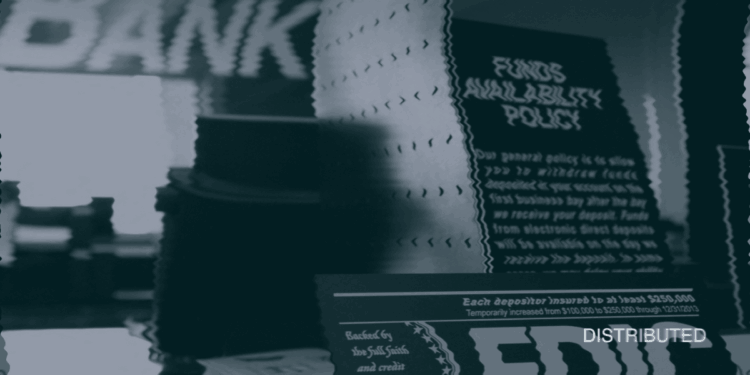In a move that could significantly reshape the landscape of American banking, U.S. regulators are poised to unveil sweeping changes to proposed bank capital rules. According to a report by Reuters, citing Bloomberg News, the Federal Reserve and other regulatory bodies are set to release a revised proposal as soon as September 19th, potentially easing some of the stringent requirements initially put forth.
The revised proposal, which could stretch to 450 pages, is expected to introduce key modifications to rules centered on operational risk provisions. As reported by Bloomberg, one of the most notable changes is a potential reduction in the capital that banks must allocate against certain business lines, including wealth-management services and specific credit-card operations.
This development comes as welcome news to the banking sector, which has been vocal in its opposition to the original “Basel III Endgame” proposal. The initial plan, which aimed to increase capital requirements for larger banks, faced fierce resistance from financial institutions arguing that it could hamper their ability to lend and compete globally.
The revisions don’t stop there. The report suggests that the new proposal would also lower the market-risk requirement for the nation’s largest lenders. Furthermore, these banking giants may not face as strict requirements around mortgages or tax-equity exposures as initially proposed.
In a move that signals the significance of these changes, Fed Vice Chair Michael Barr is scheduled to preview the regulators’ revised proposal next Tuesday at the Hutchins Center on Fiscal & Monetary Policy. This presentation will shed light on the next steps in this crucial regulatory process.
See Related: Have Goldman Sachs Analysts Become Overly Optimistic By Revising Their Year-End S&P 500 Index Target Upwards?
It’s worth noting that the Basel III rules have their roots in the aftermath of the 2007-2009 global financial crisis. The crisis, which forced taxpayers to bail out several undercapitalized banks, prompted regulators to implement more robust capital requirements to prevent a similar scenario in the future.
The journey to this point has been long and complex. In July 2023, the Fed, along with the Office of the Comptroller of the Currency and the Federal Deposit Insurance Corporation, published for comment proposed changes to bank capital rules. These rules were expected to overhaul how larger banks gauge risk and determine appropriate capital holdings.
Banking Industry’s Pushback
However, the banking industry’s pushback against the original proposal has been significant. Financial institutions have been calling for a re-proposal, arguing that the initial plan could hinder their operations and competitiveness. In response, regulators have spent months revising the plan, aiming to strike a balance between ensuring financial stability and maintaining a competitive banking sector.
While the Fed has declined to comment on the Bloomberg report, and the FDIC and the Office of the Comptroller of the Currency have yet to respond to requests for comment, the anticipation in the financial sector is palpable.
As we look ahead, these proposed revisions could mark a turning point in the ongoing debate over bank regulation in the United States. If implemented, they could potentially alleviate some of the pressure on larger financial institutions while still maintaining robust safeguards against systemic risk.
However, questions remain about the long-term implications of these changes. Will they strike the right balance between financial stability and economic growth? How will they impact the competitiveness of U.S. banks on the global stage? And perhaps most importantly, will they provide sufficient protection against future financial crises?
As the September 19th date approaches, all eyes will be on U.S. regulators. Their decisions in the coming weeks could shape the future of American banking for years to come, influencing everything from lending practices to investment strategies. For investors, policymakers, and everyday Americans alike, the stakes couldn’t be higher.



